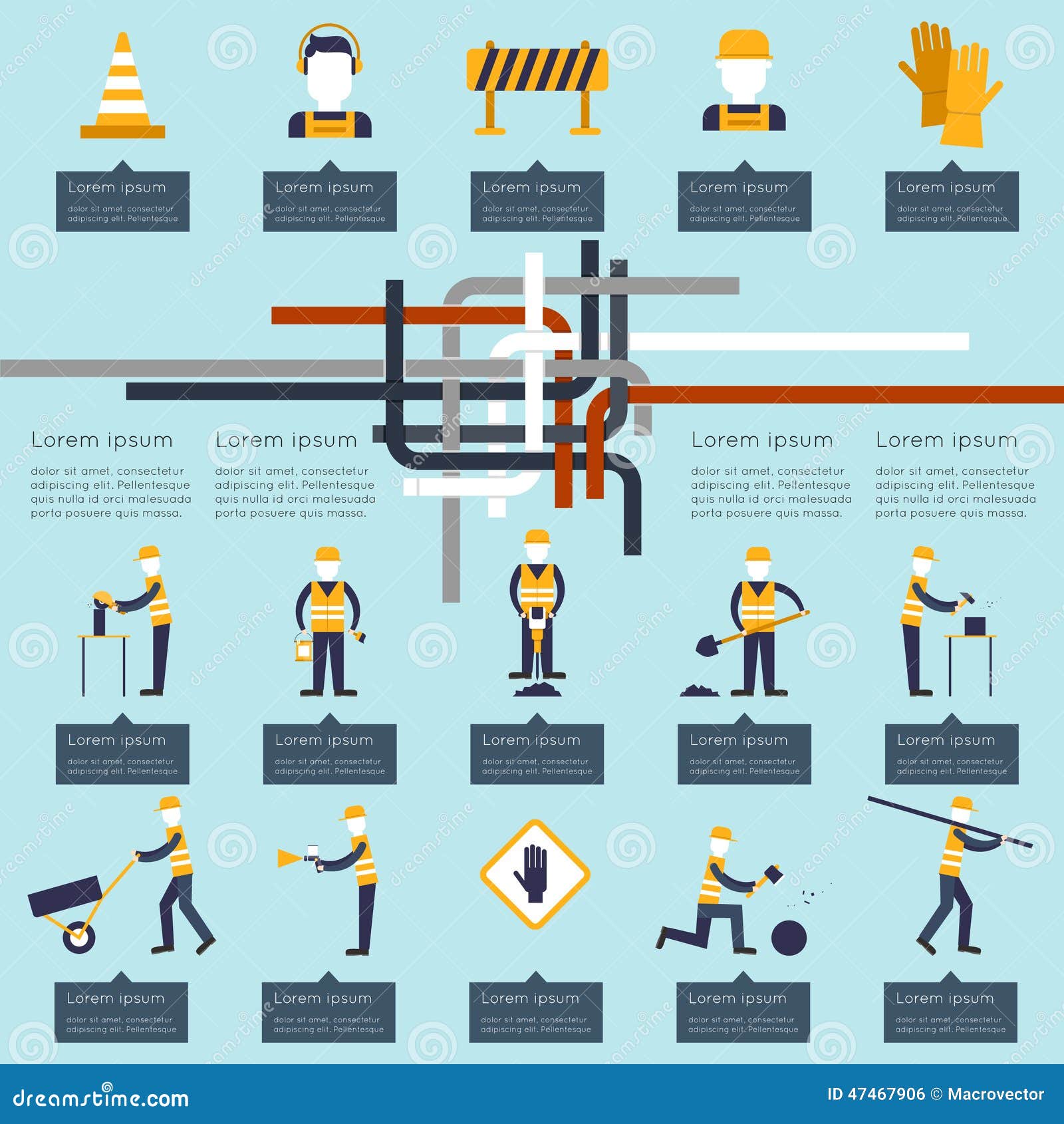Figure Out Just How Seasonal Factors Influence Business Exterior Painting Success And Find The Best Times To Ensure Long Lasting Results For Your Project
Figure Out Just How Seasonal Factors Influence Business Exterior Painting Success And Find The Best Times To Ensure Long Lasting Results For Your Project
Blog Article
Short Article Writer-Fox Rodriquez
When you're preparing an industrial outside painting job, seasonal variables can make or break your outcomes. You'll want to take into consideration how temperature and moisture impact paint application and drying times. Picking the right period can ensure your paint adheres effectively and lasts much longer. But which periods are absolutely the best for this type of job? Let's check out the crucial elements that can influence your job's success.
The Impact of Temperature Level on Paint Application
When you're intending a commercial external paint job, the temperature level can dramatically influence just how well the paint sticks and dries.
Ideally, you want to repaint when temperatures vary between 50 ° F and 85 ° F. If it's also chilly, the paint might not cure correctly, causing issues like peeling or cracking.
On the flip side, if it's as well hot, the paint can dry out also promptly, avoiding proper bond and leading to an unequal finish.
You need to also think about the time of day; morning or late afternoon offers cooler temperature levels, which can be a lot more favorable.
Constantly examine the maker's recommendations for the details paint you're utilizing, as they frequently give assistance on the perfect temperature array for ideal outcomes.
Moisture and Its Effect on Drying Times
Temperature level isn't the only environmental factor that affects your commercial outside painting job; humidity plays a substantial role as well. High moisture levels can slow down drying out times significantly, impacting the general high quality of your paint task.
When the air is filled with dampness, the paint takes longer to treat, which can cause problems like bad attachment and a greater risk of mold growth. If check it out on a particularly moist day, be planned for extended wait times between coats.
It's essential to check neighborhood weather and plan appropriately. Ideally, aim for humidity degrees between 40% and 70% for ideal drying out.
Maintaining these factors in mind guarantees your job remains on track and provides an enduring finish.
Best Seasons for Commercial Exterior Painting Projects
What's the best season for your industrial exterior painting projects?
can ceiling and walls be same color and early autumn are commonly your best choices. Throughout these periods, temperature levels are moderate, and moisture degrees are typically lower, developing optimal problems for paint application and drying.
Stay clear of summer's intense heat, which can trigger paint to dry as well quickly, causing bad adhesion and finish. In a similar way, winter months's chilly temperature levels can impede proper drying and curing, taking the chance of the longevity of your paint work.
Go for commercial painting services near me with temperature levels in between 50 ° F and 85 ° F for ideal results. Remember to check the neighborhood weather report for rain, as wet problems can ruin your project.
Preparation around these aspects ensures your painting project runs smoothly and lasts longer.
Conclusion
To conclude, planning your commercial external paint projects around seasonal factors to consider can make a substantial difference in the result. By organizing job throughout the ideal temperature levels and moisture degrees, you'll make sure better adhesion and drying times. Keep in mind to keep an eye on neighborhood weather prediction and select the correct time of year-- springtime and early autumn are your best options. Taking these actions will aid you attain a durable and expert coating that lasts.
